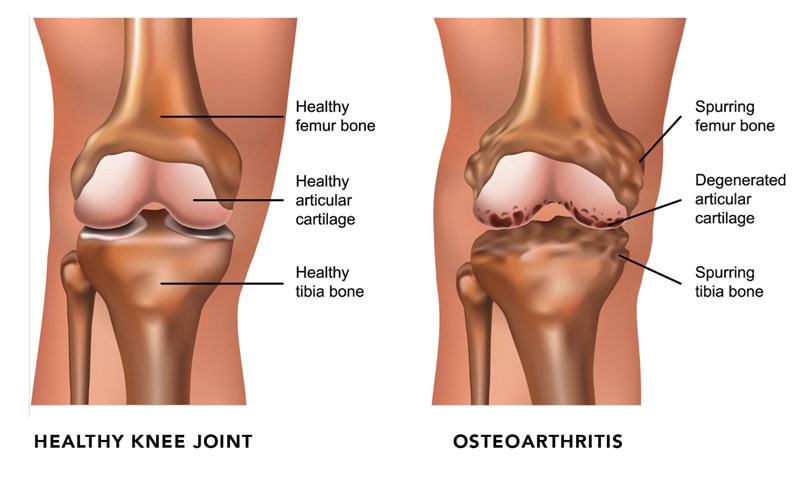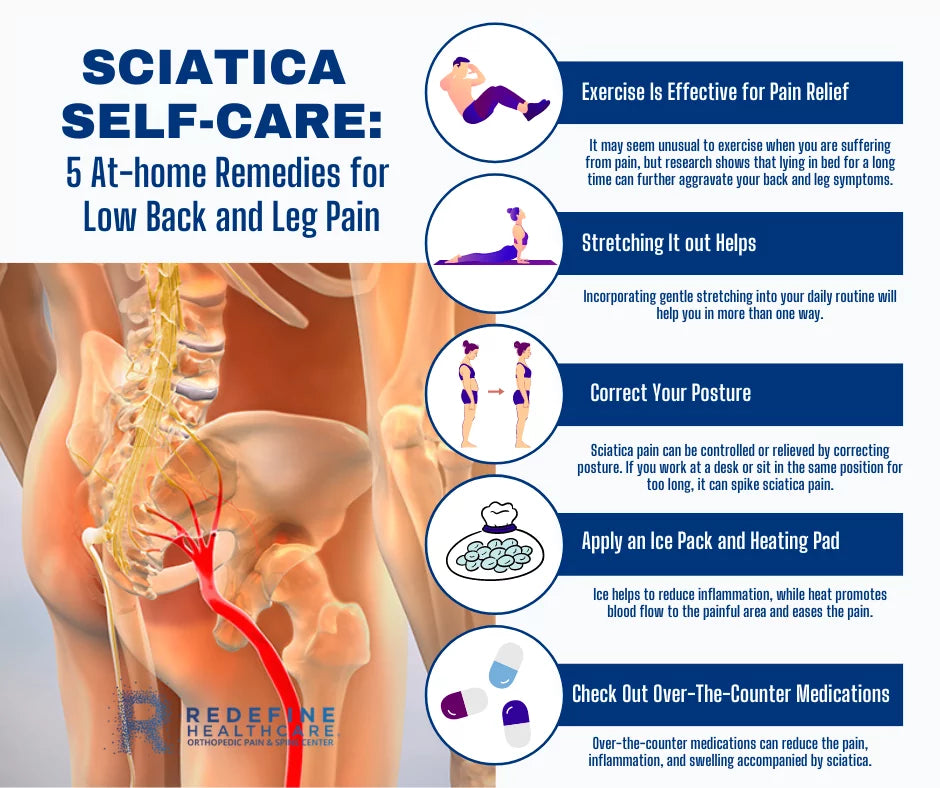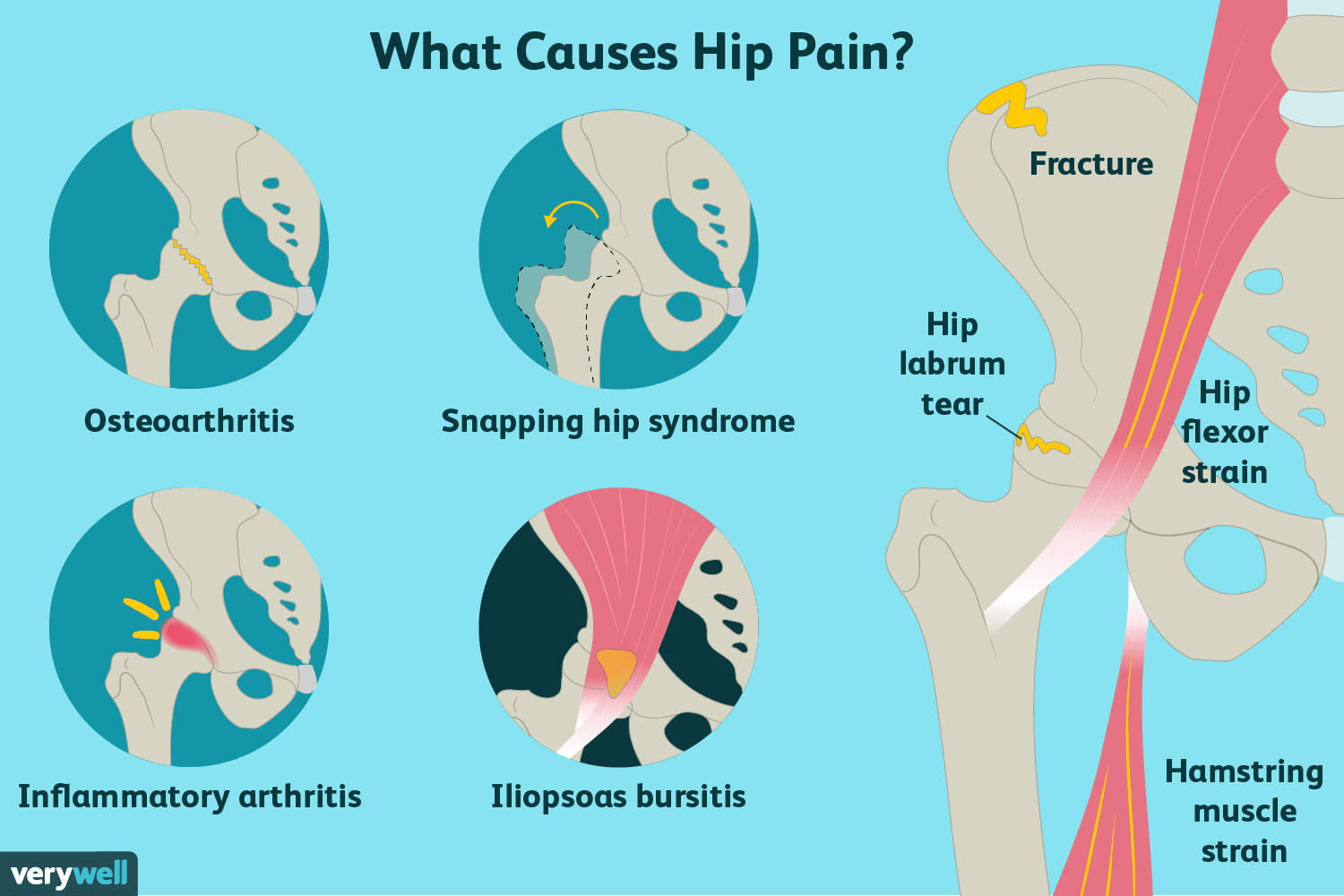Effective Relief and Solutions for Your Knee Pain
If you're experiencing knee pain, finding effective relief and solutions is crucial for alleviating discomfort and maintaining your mobility and active lifestyle. Whether you're suffering from strains, sprains, or conditions like osteoarthritis, there are various options to help you manage and reduce knee pain.
In this article, we will explore home remedies, exercise, weight management, heat and cold therapy, and the importance of seeking professional guidance. By combining these approaches, you can find the most effective way to address your knee pain and improve your quality of life.
Key Takeaways:
- Rest, ice, compression, and elevation (RICE) can provide relief for strains and sprains.
- Tai chi and low-impact exercises like cycling, walking, swimming, and yoga can improve balance and strengthen muscles.
- Weight management through a healthy diet and regular exercise can reduce pressure on the knees.
- Heat therapy and cold therapy can help alleviate pain and inflammation when used alternately.
- Consulting with a healthcare professional is crucial to determine the best treatment plan for your knee pain.
Tai Chi and Exercise for Knee Pain Relief
If you're looking for effective knee pain relief, incorporating tai chi and exercise into your routine can make a significant difference. These low-impact activities and muscle-strengthening exercises can help alleviate pain and improve your overall knee health.
Tai chi, a mind-body exercise, is particularly beneficial for individuals with knee pain, especially those with osteoarthritis (OA). This ancient practice involves gentle movements, deep breathing, and relaxation techniques. By practicing tai chi regularly, you can improve balance, flexibility, and reduce pain in your knees.
In addition to tai chi, incorporating other low-impact activities like cycling, walking, swimming, and yoga into your routine can help keep your muscles strong and maintain mobility. These exercises put less stress on your knees while still providing the necessary movement to keep them healthy. It is crucial to consult with a doctor or physical therapist who can design a program tailored to your specific condition and adapt it as your symptoms change.
Benefits of Tai Chi and Exercise for Knee Pain Relief:
- Improves balance and stability
- Increases flexibility and range of motion
- Strengthens muscles supporting the knees
- Reduces pain and inflammation
- Enhances overall knee health
By incorporating tai chi and exercise into your daily routine, you can experience improved knee pain relief and enhance your overall quality of life. Remember to start slowly and listen to your body's limitations. Over time, with consistent practice, you may find that your knee pain becomes more manageable, allowing you to enjoy an active, pain-free lifestyle.
Weight Management for Knee Pain Relief
Excess weight and obesity can have a significant impact on knee joints, leading to increased pain and inflammation. Managing your weight can be a crucial step in finding relief from knee pain, especially for individuals with osteoarthritis. By making dietary changes and incorporating regular exercise into your routine, you can reduce the strain on your knees and improve overall joint health.
One important aspect of weight management is understanding your body mass index (BMI), which measures your body fat based on your height and weight. A higher BMI is often associated with increased knee pain and mobility issues. By achieving and maintaining a healthy weight, you can decrease the pressure on your knee joints, resulting in reduced pain and improved functionality.
To effectively manage your weight, it's essential to make dietary changes that promote overall health and well-being. A diet rich in fruits, vegetables, and fiber can provide essential nutrients while helping to control calorie intake. Reducing the consumption of meat and animal fats can further support weight loss efforts. Consulting with a doctor or a registered dietitian can provide personalized guidance and help you create a suitable meal plan that aligns with your specific needs and goals.
In addition to dietary changes, regular exercise is crucial for weight management and knee pain relief. Low-impact exercises such as walking, swimming, or cycling can help burn calories and strengthen the muscles around your knees. This increased muscle strength provides added support and stability to your knee joints, reducing the risk of further injury and pain. It's important to start slowly and gradually increase the intensity and duration of your workouts under the guidance of a healthcare professional or physical therapist.
Benefits of Weight Management for Knee Pain Relief
| Benefits | Explanation |
|---|---|
| Reduced pain and inflammation | By managing your weight, you can alleviate pressure on your knee joints, resulting in less pain and inflammation. |
| Improved mobility | Weight management can enhance your mobility, allowing you to engage in activities with less discomfort and limitations. |
| Enhanced overall joint health | By maintaining a healthy weight, you can support the overall health of your joints, including your knees. |
| Prevention of further injury | Optimal weight management can help reduce the risk of additional knee injuries and pain, allowing you to lead a more active and fulfilling lifestyle. |
By effectively managing your weight through dietary changes and regular exercise, you can experience significant relief from knee pain and improve your overall quality of life. Remember to consult with a healthcare professional before making any significant lifestyle changes, as they can provide personalized guidance based on your specific needs and condition.
Heat and Cold Therapy for Knee Pain Relief
Heat and cold therapy are effective methods for reducing knee pain and inflammation. These simple home remedies can provide quick and temporary relief, allowing you to manage your knee pain and continue with your daily activities.
Heat Therapy
Heat therapy is a popular treatment for reducing knee pain and promoting relaxation. Applying a heating pad or warm compress to the affected area can help improve blood circulation, relax muscles, and alleviate discomfort. Heat therapy can also help reduce stiffness and increase flexibility, making it easier to move the knee joint.
When using heat therapy, it's important to remember a few key points:
- Use a warm, not hot, temperature to avoid burning your skin. Wrap the heating pad in a cloth if necessary.
- Apply heat for around 15-20 minutes at a time, allowing short breaks in between.
- Always follow the instructions provided with your heating pad or warm compress to ensure safe and effective use.
Heat therapy can be particularly beneficial before engaging in physical activities or exercises, as it helps warm up the muscles and reduces the risk of injury.
Cold Therapy
Cold therapy, also known as ice therapy, is commonly used to reduce swelling and inflammation in the knee. It works by constricting blood vessels and numbing the area, which helps minimize pain and discomfort.
When using cold therapy, follow these guidelines:
- Apply a cold pack or ice wrapped in a cloth to the affected area for around 15-20 minutes at a time.
- Allow your skin to warm up before reapplying cold therapy to prevent frostbite or skin damage.
- Do not apply ice directly to the skin, as it can cause burns.
Alternating between heat and cold therapy can provide additional benefits. This method, known as contrast therapy, involves switching between warm and cold treatments to promote blood flow, reduce inflammation, and enhance pain relief.
| Treatment | Benefits |
|---|---|
| Heat Therapy |
|
| Cold Therapy |
|
| Contrast Therapy |
|
Conclusion
When it comes to finding relief for knee pain, natural remedies can be a great starting point. However, it's crucial to seek professional guidance from a healthcare professional for proper diagnosis and treatment. They can provide you with personalized recommendations and ensure that you're on the right track to recovery.
One effective avenue to explore is chiropractic treatments. Chiropractors can help restore balance and stability to your body, addressing the root causes of your knee pain. By addressing misalignments and imbalances, chiropractic treatments can offer long-lasting relief and improved mobility.
By combining natural remedies with professional guidance, you can achieve significant knee pain relief and an improved quality of life. Imagine regaining the ability to move freely, engage in your favorite activities, and live without the constant discomfort of knee pain. It's possible with the right approach and support system.
Don't let knee pain hold you back. Take control of your health and explore the options available to you. Consult with a healthcare professional, explore natural remedies, and consider chiropractic treatments. With the right combination of strategies, you can overcome knee pain and enjoy an active, pain-free lifestyle once again.
FAQ
What are some home remedies I can try for mild to moderate knee pain?
You can try the RICE method (rest, ice, compression, elevation), tai chi, exercise (cycling, walking, swimming, yoga), weight management, heat and cold therapy, herbal ointments, and certain supplements like ginger and willow bark. However, it's important to consult with a doctor before trying any alternative remedies.
Can tai chi and exercise help with knee pain?
Yes, tai chi is a mind-body exercise that can improve balance, flexibility, and reduce pain, especially for people with knee osteoarthritis. Low-impact exercises like cycling, walking, swimming, and yoga can also help keep muscles strong and maintain mobility. Consult with a doctor or physical therapist to design a suitable program for your condition.
How does weight management affect knee pain?
Excess weight and obesity can increase pressure on knee joints, leading to more pain and inflammation. Losing weight can help alleviate knee pain, especially for those with osteoarthritis. A healthy diet and regular exercise can aid in weight management and reduce strain on the knees.
How can heat and cold therapy provide relief for knee pain?
Heat therapy can help relieve pain, while cold therapy can reduce swelling. Alternate between heat and cold treatments, and avoid direct contact with ice on the skin. Heat therapy can be applied for up to 20 minutes at a time, while cold pads should be used for 20 minutes, four to eight times a day.
Are home remedies enough to treat knee pain?
While home remedies and natural ingredients can provide some relief, it's essential to seek guidance from a healthcare professional for proper diagnosis and treatment. Chiropractic treatments can also help restore balance and stability to your body, enhancing your overall quality of life.




Leave a comment
This site is protected by hCaptcha and the hCaptcha Privacy Policy and Terms of Service apply.